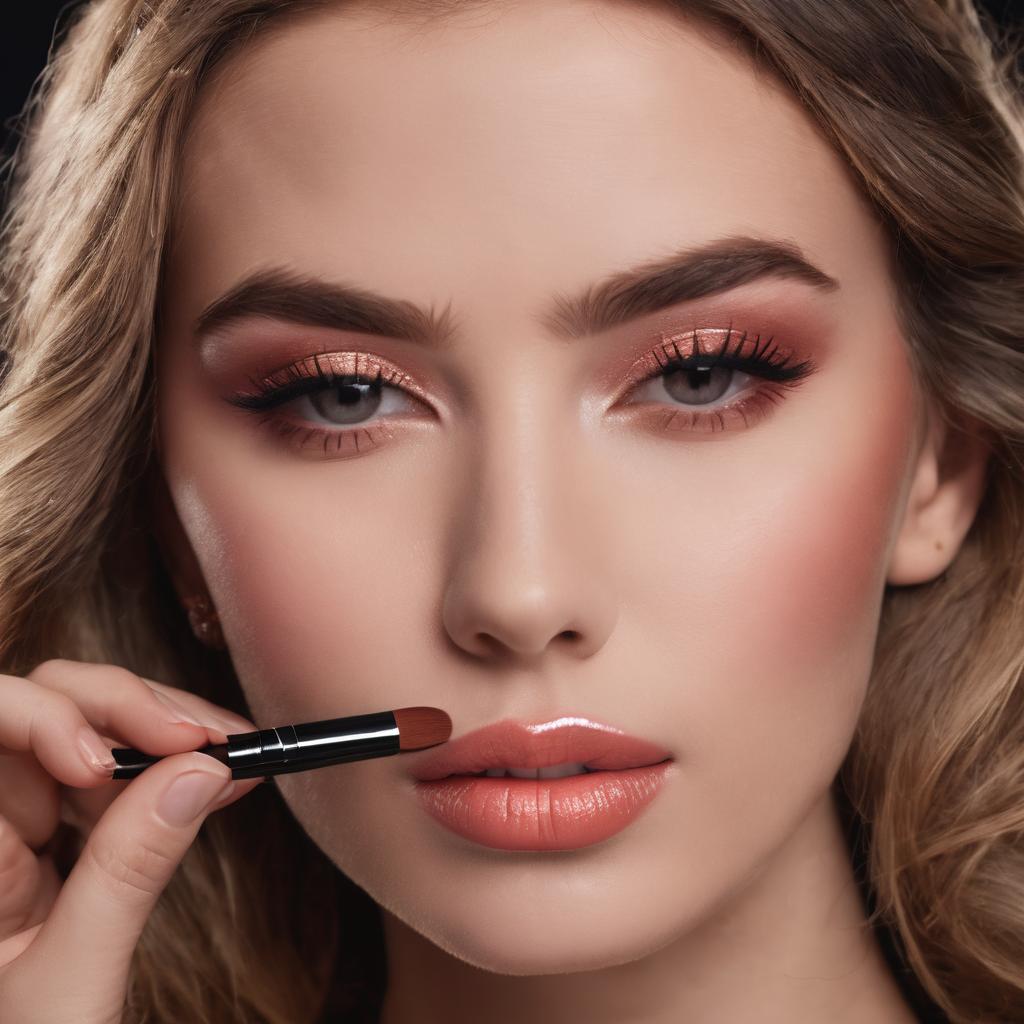Contents
- 1 Introduction
- 2 The first thing to do when you’re cleaning your brushes is to remove them from the water.
- 3 Next, you can give your brushes a gentle shake to remove excess water.
- 4 You’ll want to use a mild soap or shampoo to wash it.
- 5 Wash the bristles in a circular motion to remove any makeup that’s still attached to them.
- 6 Once you’ve fully rinsed them, gently squeeze them in a towel until all of the excess water has been removed.
- 7 Makeup brushes should be washed once per week or at least once per month
- 8 Conclusion
Introduction
Makeup brushes are an essential part of any beauty routine, but they can also be one of the most difficult things to clean and maintain. Makeup brush cleaning tips can help ensure that your brushes are sanitary and healthy, but it’s important to know exactly how often you should be washing them as well. If you’re looking for answers to these questions, then read on! We’ll walk through everything from how often you should wash your makeup brushes to what products work best for cleaning them.
The first thing to do when you’re cleaning your brushes is to remove them from the water.
This will help prevent any damage to the bristles, which can happen if they stay in too long. There are many different ways to do this, but here are a few suggestions:
- Use a makeup brush cleaner or baby shampoo. You can find these at any drugstore or grocery store and they’re easy to find online as well! They’ll clean all of your brushes quickly and easily, leaving them looking brand new again!
- Use a makeup brush cleansing pad (or one made specifically for washing makeup brushes). These work just like normal cotton pads with some added scrubbing power built into them so that all dirt gets removed from every single bristle on each individual brush – no matter how small it may be! This method works especially well because it gets rid of everything underneath each strand so nothing sticks around after using this method correctly; however–if using something wet does scare you off then try using only dryer versions instead 🙂
Next, you can give your brushes a gentle shake to remove excess water.
Be careful not to rub the bristles against anything as this may cause damage or breakage.
Don’t use a hair dryer or other heat source (such as an oven) to dry your makeup brushes as it could damage them over time!
You’ll want to use a mild soap or shampoo to wash it.
- Avoid using brush cleaners that contain alcohol, as this can dry out the bristles and cause them to fall out.
- Dish soap isn’t recommended either, because it can leave residue on your brushes and make them harder to clean in the future.
- Antibacterial soaps are also not ideal–they kill germs by literally ripping off their cell walls and leaving them unable to regenerate themselves, which means you’ll have even more work down the line trying to get rid of all those bacteria that were previously living peacefully on your face (and now aren’t).
Wash the bristles in a circular motion to remove any makeup that’s still attached to them.
- Use a gentle soap or shampoo, like baby shampoo or Johnson & Johnson’s Shower Cleaner Baby Bath, which is designed for use on delicate skin and hair.
- Rinse well with warm water after each brush stroke until all traces of soap are gone from your brush head and handle (if you have one).
Once you’ve fully rinsed them, gently squeeze them in a towel until all of the excess water has been removed.
You want to get as much moisture out as possible so that your brushes don’t sit around and grow bacteria while they’re drying.
After you’ve squeezed out all of the water, lay them flat on some paper towels (or another absorbent material) to dry overnight. This will keep any stray hairs from sticking up and making your brush look unkempt when it’s dry again tomorrow morning!
Makeup brushes should be washed once per week or at least once per month
- Use a mild soap or shampoo.
- Wash in a circular motion.
- Gently squeeze them in a towel until all of the excess water has been removed, then leave to dry on their own or place them on top of an air dryer (the kind you use for your hair) for 5-10 minutes before placing them back into their storage container or brush holder.
Conclusion
It’s important to clean your brushes regularly so that they don’t get too dirty and start spreading bacteria around. You can do this by following our tips above or using another method of cleaning that works best for you!




